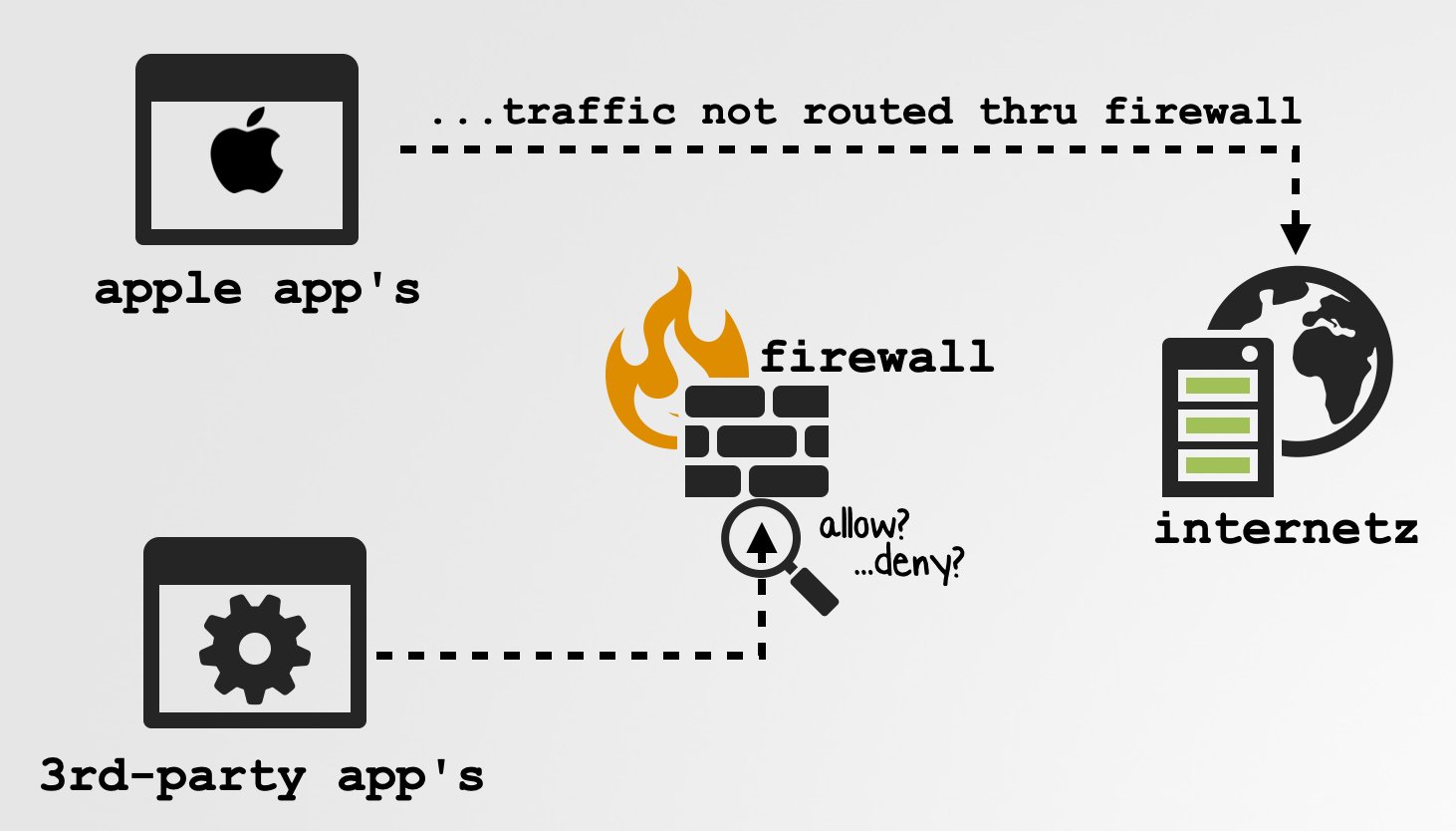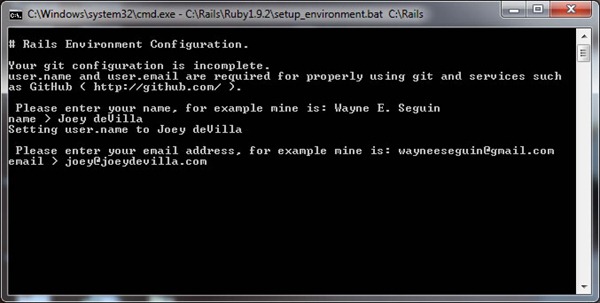
- MAC OS FIREWALL ON OR OFF COMMAND LINE HOW TO
- MAC OS FIREWALL ON OR OFF COMMAND LINE MAC OS X
- MAC OS FIREWALL ON OR OFF COMMAND LINE MANUAL
- MAC OS FIREWALL ON OR OFF COMMAND LINE CODE
- MAC OS FIREWALL ON OR OFF COMMAND LINE WINDOWS
SUBNET - Allow only local network (subnet) traffic through firewall.ĬUSTOM - Allow only specified traffic through firewall.Īddresses - Custom scope addresses (optional). CURRENT|DOMAIN|STANDARD|ALL ]Īdds firewall allowed program configuration.ĮNABLE - Allow through firewall (default).ĪLL - Allow all traffic through firewall (default). These should be entered in a single line.
MAC OS FIREWALL ON OR OFF COMMAND LINE CODE
Note: Some parts of the following code snippet have been displayed in multiple lines only for better readability. Syntax and parameters of commands add and set are identical. Used to modify the settings of an existing program-based exception.
MAC OS FIREWALL ON OR OFF COMMAND LINE WINDOWS
This is not recommended, especially for network connections that are directly accessible from the Internet, unless you are already using a third-party host firewall product.Įnable/Disable Windows firewall using command line

MAC OS FIREWALL ON OR OFF COMMAND LINE HOW TO
This article examines how to configure Windows Firewall using the Netsh command-line utility. Using command line allows you create batch file to run on other computers so you can essentially shorten a time spending for configuring firewall on workstations according to your requirements. Possibilities of configuring Windows Firewall from command line are identical possibilities of configuring from GUI.
MAC OS FIREWALL ON OR OFF COMMAND LINE MANUAL
Let's see manual configuring Windows Firewall using GUI and using command line. Neither of these courses of action recommend themselves to me.Articles Configure Windows Firewall using command lineĬonfigure Windows Firewall using command line I could also avoid ever again getting a splinter in my foot by chopping it off.
MAC OS FIREWALL ON OR OFF COMMAND LINE MAC OS X
Naturally, I could bypass this whole problem by disabling the Mac OS X firewall. How do I set Firewall to permanently Allow my iOS app? After a few runs, however-it isn't clear to me what event actually causes this change, but it happens within half an hour or so for me, generally speaking-Firewall begins warning about the app again. Interestingly, Firewall will in fact stop warning you about the app- for a while. app application package, or Show Contents on that package and add the "Unix executable" within. In the last step there's a significant decision.


This is the standard Firewall message that Mac OS X uses for all unsigned, networked applications.

When I run the app in the Simulator, Mac OS X (I happen to be on 10.7.3) prompts me to Allow or Deny my application to accept incoming network connections. Naturally, it begins listening for connections as soon as it starts. I'm writing an iOS app that acts as, among other things, a telnet server.


 0 kommentar(er)
0 kommentar(er)
